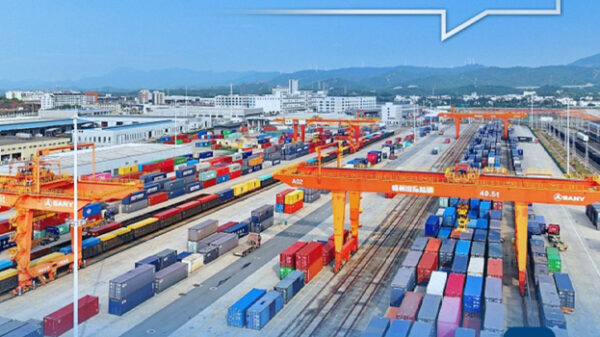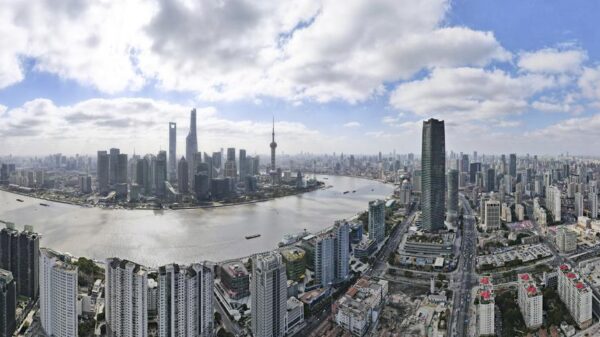NAIROBI, September 8 – Envision a country where water shortage is no longer a problem, where people do not walk long distances in search of water, a country with no water rationing.
This is a dream country for us all, and according to Dr Stephen Ngigi, Projects coordinator at Kenya Rain Water Association, (KRWA) this reverie could easily be realised if the government and individual Kenyans took initiative to end the water insufficiency.
KRWA, a membership organisation, is an example of an association that has helped lift the livelihood of local communities that are adversely affected by water shortage through rainwater harvesting.
“We are handling different aspects of rainwater harvesting for different uses from earth dams, sand dams, water pans, micro dams that is farm pots for micro irrigation within the agro pastoral communities,” says Dr Ngigi.
The projects are in Transmara, Narok North, Kajiado, Koibatek, Baringo, Laikipia West and East, Nyandarua North, Meru North and Central, Isiolo and Garbatula.
He says they are working with the district water boards and regional bodies to implement the projects.
“We have a project in Ndeiya Karai area a few kilometers from Nairobi where we introduced rain waterharvesting from the roofs and farm pots. They use that to grow vegetables for the local markets and we can proudly say the livelihood, especially for women, has really changed.”
The association targets communities that are most vulnerable to drought.
Dr Ngigi explains: “One of the challenges in these water structures, like dams, is the formation of silt. So we are also coming up with simple technologies to help them keep de-silting the dams.”
Despite the wonders rainwater harvesting can do, it is rarely considered due to lack of information. However with the dams, rivers and other water sources almost drying up, there is need to put urgent measures to revert a possible threat to people’s livelihood.
For instance the Nairobi Water and Sewerage Company recently warned that rewww.capitalfm.co.keirs at the Ndakaini Dam could run out by March next year. By August, the dam had only 49 million cubic meters of water out of its full capacity of 70 million cubic meters.
“Because of the land degradation happening in this country especially in the major water towers, like the Cherangany and Mau, we are losing a lot of water even when it rains in the form of run off. This simply means we are not able to get water into the ground for ground water recharge,” explains Environment Permanent Secretary, James Ole Kiyiapi.
He says tree planting is the best way of conserving water and making sure that the rainwater goes underground for recharge.
“We cannot afford to lose any water any more. We must put a lot of investment, create more dams, use whatever catchments that are available; we need to collect it as much as we can,” he says.
The PS suggests that Kenyans should adopt the culture of water harvesting from the household level.
“I think the rural Kenya is way ahead of urban Kenya in terms of water harvesting using different methods like roof and rock catchments. In Laikipia, I know of a tourism lodge where huge supply of water for the swimming pool and other places comes from rock catchment so I think we must encourage this,” the PS urges.
“Let’s not imagine that we can continue digging boreholes because even those are drying up.”
Kenya is classified as a water-scarce country and scientists have warned that Africa is likely to suffer severe water shortage in the next 15 years because of climate change.
But Maimbo Malesu, Water Management Programme Coordinator at the World Agro Forestry Centre says according to studies they’ve carried out with the United Nations Environment Programme, there is enough water available to provide to more than five or six times the current Africa population.
“What we are seeing now can be coped with if we go in and make sure that we do the water harvesting within the catchment areas. If we protect the catchment areas, we could cope better with the predicted effects of climate change,” Malesu advises.
Back to Ngigi who says that roof catchments and underground tanks are the most cost effective methods of rain water harvesting at household level.
On her part, Water Minister Charity Ngilu says the ministry is coming up with a storage policy to cover both domestic use and irrigation.
“I agree with you that there is always one thing that surprises Kenyans, every now and then we have water rationing because the rains were not adequate and yet we see lots of water going down the Indian Ocean,” Ngilu states.
“This is something we want to address and say that we need to have more storage. That’s why we are putting more resources into this.”
However, there is a multifaceted set of circumstances that have to be considered when choosing the appropriate method of rain water harvesting which include cost, climate, as well as technology.
PS Ole Kiyiapi suggests that in the meantime, local authorities that rely on dams could come up with warning signs of water availability during different times of the year that would also determine how much water people should use.
“In some countries there are three different categories of water availability- green means ‘use water as usual’, orange means ‘we don’t know what is going to happen with the rains so be cautious and start cutting down on consumption’. But when you go to red you are simply saying ‘things are thick!’ and people should be extremely careful of their water use.”














































